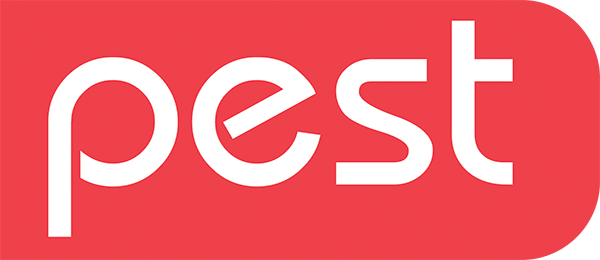On 12 January, the Health & Safety Executive (HSE) circulated an information document that laid out its plans and timescales for the authorisation of second generation anticoagulant rodenticides (SGARs) in light of the development by suppliers and users of the stewardship scheme, which has been co-ordinated by the Campaign for Responsible Rodenticide Use (CRRU).
In the information document HSE says that it is proceeding to authorise some rodenticide products on the basis set out in the paper.
| HSE also says that it remains open to constructive input and suggestions for improvement to its plans. It also points out that the principles will more than likely also apply to first generation anticoagulant rodenticides (FGARs) since the issues being addressed are fundamentally the same.
So what are the key activities and deadlines detailed in the HSE authorisation plan? For those who need to understand all the detail, then we recommend careful reading of the full 12-page document. However, for those who just need a summary, the key points and deadlines are as follows: |
|
Log Jam of authorisations HSE will now process these applications with the aim of completing them all by the end of January. These pending authorisations for bromadialone, brodifacoum and flocumofen products will be approved without linking to stewardship, unless the applicants request otherwise. This means that all SGAR products (except those based on difethialone – see below) about to be authorised without reference to stewardship will be restricted to use ‘in and around buildings’ Difethialone was authorised for ‘indoor only’ before the results of risk assessment showed that the science did not support different restrictions for different ‘types’ of SGARs. For consistency, approval holders will be able to apply, if they so wish and before the end of January deadline, to extend use to ‘in and around buildings’. This will be a stop-gap measure as authorisations will need to be amended and the stewardship link added to allow continued sale for outdoor use (after 1 November 2015) and continued use by professionals in outdoor areas (after 1 June 2016). Within the stewardship document it is important to note that manufacturers have undertaken not to apply for the use of the so-called single feed products, i.e. those containing brodifacoum, difethialone and flocumofen, in ‘open areas’. They have also agreed that they will only contract to supply product to distributors who have agreed to fully implement stewardship measures. The following chart taken from the stewardship document summarises what has been agreed:
Comments sought |
|



